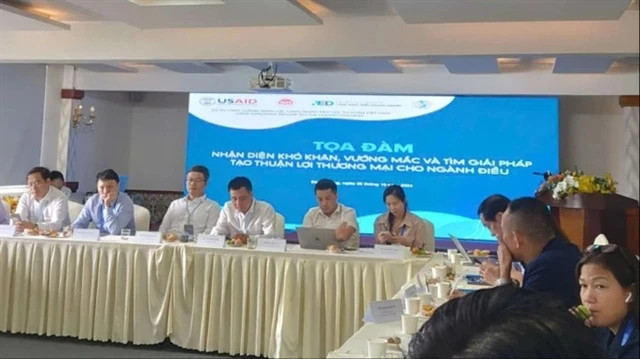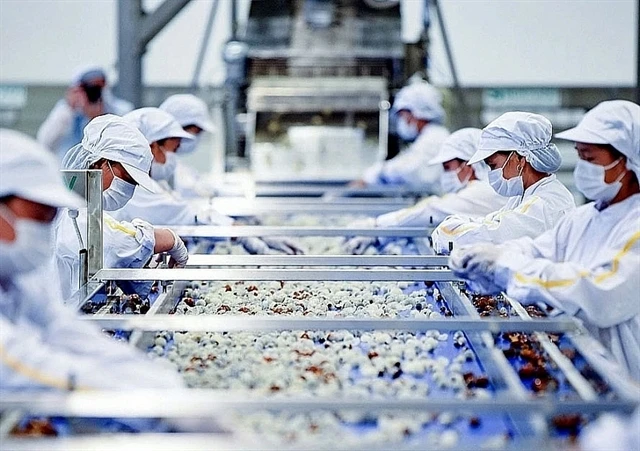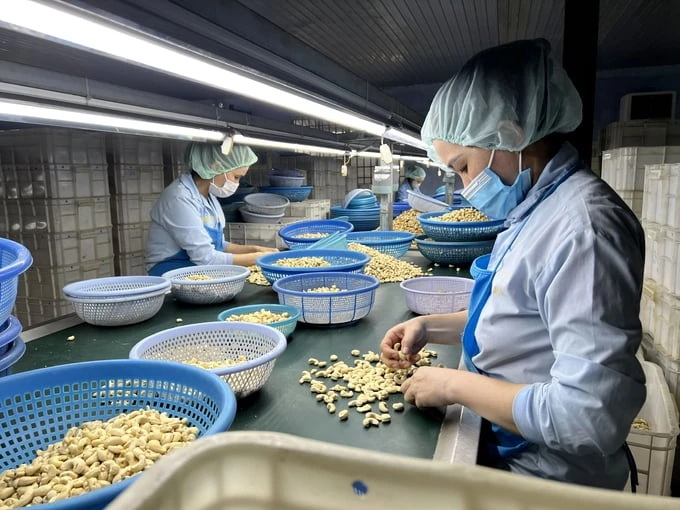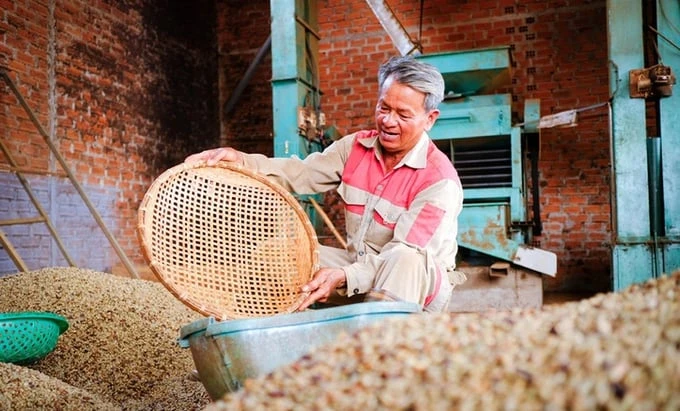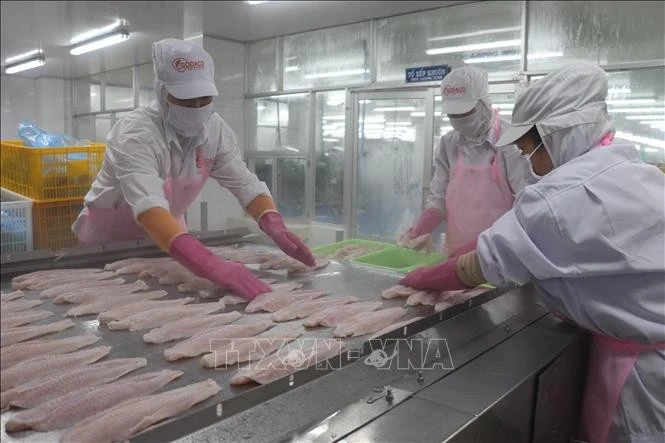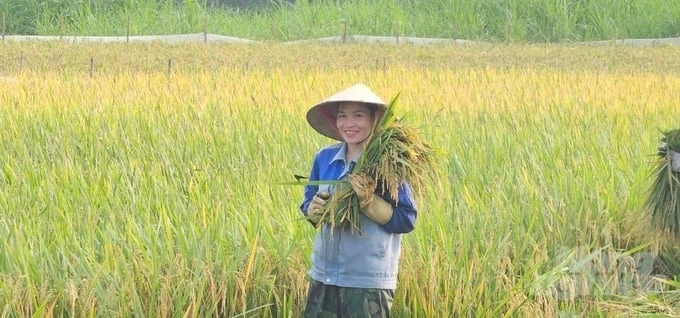
By Vietnam Expo On 19-06-2024 at 2:55 am
The large 20-ha rice field without a failed crop
Farmer Dao Cong Dung, Trieu Son, Thanh Hoa, owns a large rice field of over 20 ha where he practices 'no-till' farming, and never fails.
Farming in the 4.0 era
Seasoned farmer Dao Cong Dung juggled multiple professions but found no real success. Eventually, he decided to return to his rice fields because at least in his hometown, he still had land to live on. A few years ago, when the people of An Nong (Trieu Son, Thanh Hoa) stopped growing sugarcane, Mr Dung took a bold step. He leased land from the commune and bought part of the locals' land to create a large rice field.
Initially, his wife was hesitant about this plan because traditionally, farming hadn't been lucrative in their village. He persuaded her persistently, and eventually, his wife and children agreed to go along with it. He didn't consider himself a trendsetter but was willing to take on the challenge. He decided to cultivate a "no-till" rice field spanning 20 ha, all accumulated from scratch with his own hands.
Securing the land lease was already difficult; however, the challenges increased with land reclamation and embankment construction to prepare the large field for mechanized farming. Initially, he planned to manually renew the land, but his physical strength was insufficient compared to the vast area he had rented. He decided to borrow money and spend it on renting machinery to replace human labour. He calculated that he would cultivate the land incrementally, planting where preparation was complete, as he lacked the resources to reclaim the entire expansive field all at once.
He meticulously drew up the embankment planning on rough paper, marking out plots and pathways. On the land filled with buffalo wallows, he insisted that the machine operators complete the irrigation system and embankments within one month to meet the timely planting schedule. He took on a supporting role but tirelessly laboured in the fields from early morning until late at night, often returning home after dark and barely having time to eat. Just the wages for the hired labour alone cost him over a hundred million VND.
For over a year, he tirelessly worked on the abandoned field that few paid attention to, transforming it through his efforts into a substantial expanse. The field now spans approximately 40 acres, equivalent to 20 ha, and it took him three years to prepare, costing an indeterminable amount of money. His fields are now neatly demarcated and interconnected. He left only three main embankments forming a crescent shape and a concrete drying yard extending 5-8 m wide and hundreds of m long. The cost of pouring concrete for the drying yard and internal road network alone amounted to about VND 1.4 billion.
Having finished the land preparation, he focused on the farming season. Despite not having a high level of education, he meticulously calculated the profitability of each area of his land. Most of the farming tasks in his field were contracted out to workers through agreements made at the beginning of each season. Previously, with around 40 ha of fields, it took him about 15-20 days to hire workers for manual planting. Now, with mechanized planting, it only takes 3-5 days to sow the entire field.
He estimated that manual planting costs around VND 300,000/Sao (approximately 360 m2), whereas mechanized planting costs VND 150,000 plus an additional VND 50,000 for repairs in areas where rice seedlings fail to grow. This results in a savings of about one-third of the cost. Moreover, the cost of hiring aerial vehicles for pesticide spraying is significantly cheaper and safer.
Previously, he spent VND 20,000/Sao on manual pesticide spraying. With the same budget, he now hires UAVs that not only spray pesticides efficiently but also distribute molluscicides. The UAVs swiftly cover the entire large field, ensuring thorough and effective pest control.
As for fertilizing, he prefers to hire manual labourers to minimize costs. Now that he manages a large field, a single phone call ensures that fertilizers and pesticides are delivered directly to the field within a few hours. He contracts directly with agricultural supply centres, bypassing intermediaries and thereby saving considerable farming costs.
Getting rich from intensive rice farming
Mr Dung gathers his ploughs and tillers at the bend of the field. He says that this is a secluded path leading to the large field. The boundary is fortified, so thieves dare not approach to steal. Moreover, his fields are dotted with cameras monitoring 24/24, making losses nearly impossible.
In the spring crop of 2024, Mr Dung achieved another significant victory with rice yields reaching approximately 4 tons/Sao. Photo: Quoc Toan.
After several years of rice farming, he accumulated savings and invested in four large horsepower machines for himself, including 2 ploughing machines and 2 planting machines. He applied mechanization systematically across his large fields but remained vigilant and involved in every season's operations. He emphasized that machines merely follow human thinking and cannot replace human judgment in farming.
The rice grains "detached from" pesticides and chemical fertilizers

Author
Vietnam Expo
Related posts
